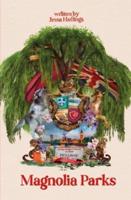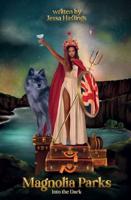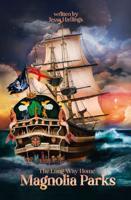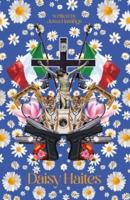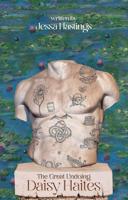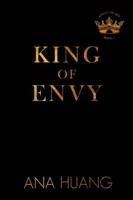Publisher's Synopsis
This historic book may have numerous typos and missing text. Purchasers can usually download a free scanned copy of the original book (without typos) from the publisher. Not indexed. Not illustrated. 1835 edition. Excerpt: ... REMARKS ON THE FORM OF THE TOES OF BIRDS. Although naturalists have laboured, more especially since the time of the great Linnaus, who gave an impulse to the study of natural history unparalleled in that of any other science, to make us acquainted with animals of every class; and although much has been done by them in ornithology in particular, it requires little knowledge to be enabled to say with truth that a great deal more remains to be done. To take an apparently trivial example, let us look to the tips of the toes of birds, and we shall no doubt find much that is curious, and much that has been entirely overlooked. The examination of those parts was suggested to me by the following occurrence. On the 21st of March 1816, while I was residing at Henderson in Kentucky, great flocks of Golden Plovers happening to be passing from their winter toward their summer haunts, I procured a good number of them. While engaged in drawing a fine specimen, I observed something beneath the claws, which induced me to look more particularly to that part of the toes, when I found there what might be called a second but smaller claw, equally horny with the part properly so called. I examined several others, and, finding them all alike in this respect, I mentioned the circumstance to a friend, who agreed with me in thinking it very curious. Since that period I have generally, on procuring a bird of any kind, looked to its toes, and I have found many species, both of the genus Churadriws and of other Grallae, similarly supplied with double claws. Although I use this term, however, let it not be supposed that I consider the parts in question as really subsidiary or secondary claws; for as they are not furnished with a central bone, or process either from...


